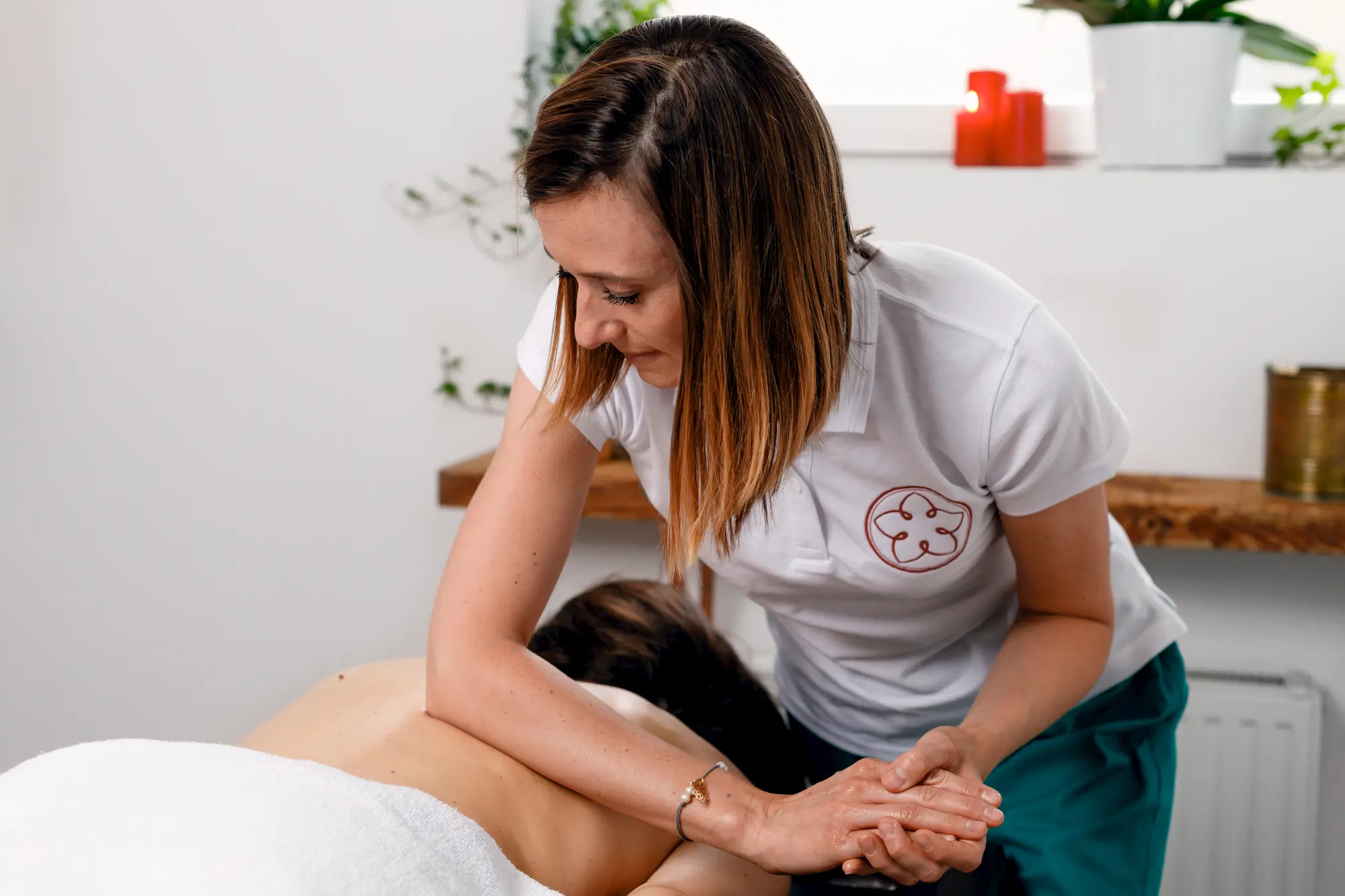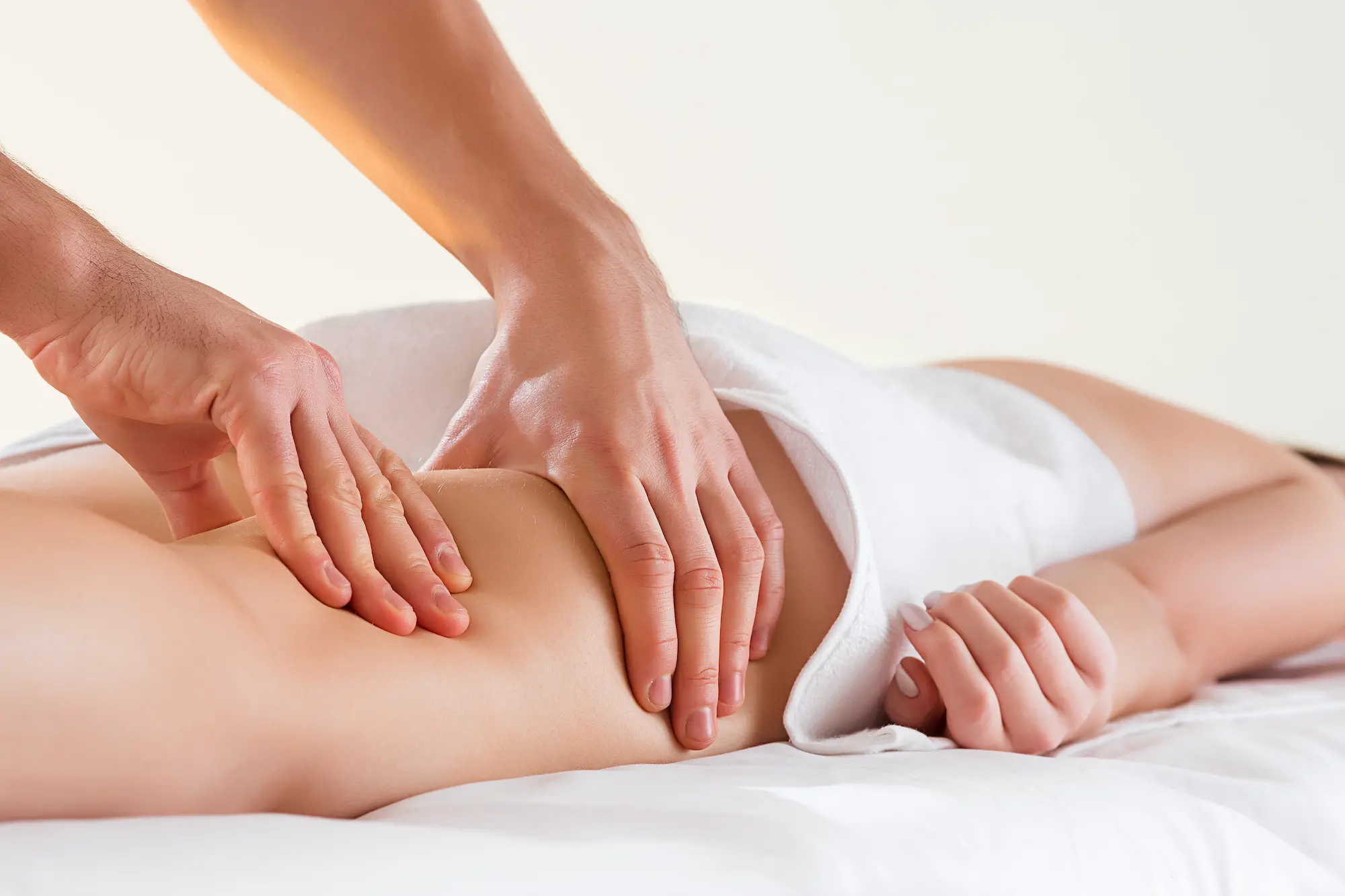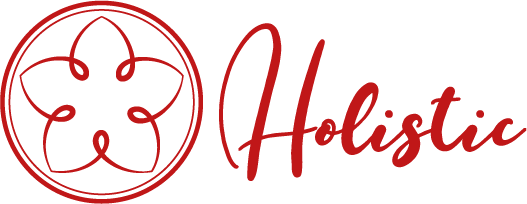Medicinal / analgesic massage

Therapeutic and analgesic massage
Massage belongs to the oldest field of medical science and has been used since antiquity. It comes from India and China, where it was a natural healing method. In antiquity, massage was a supplement to religious rituals, and with time it was accepted into folk medicine.
The massage affects the patient's body by applying pressure to the appropriate places on his body. In this way, muscle structures, tendons, as well as the circulatory and lymphatic systems are stimulated. Therapeutic massage is recommended in particular in the case of muscle and spine pain caused by prolonged effort, trauma or after surgery.
An indication for therapeutic massage may also be the presence of muscle tension. The treatment is used as an element of therapy after kinks, sprains and sprains, damage to muscles and tendons, and in chronically lying people. Massage helps to improve blood circulation and prevent contractures.
Massage is performed on the diseased area and adjacent tissues. During the procedure, techniques such as stroking, kneading, rubbing, squeezing, rolling and tapping are used, which allow to eliminate the cause of pain and improve the mobility of joints and spine.

Masaż kontralateralny
Masaż kontralateralny to masaż leczniczy, który wykonywany jest na odpowiedniej części kończyny zdrowej w stosunku do tej samej części kończyny chorej. Pozwala on na przyspieszenie zrastania się kości średnio o dwa tygodnie oraz zapobiega zesztywnieniu stawów i przykurczowi więzadeł. Ten rodzaj masażu polecany jest Pacjentom, którzy przez długi czas mieli unieruchomioną w gipsie nogę albo rękę lub z innych przyczyn nie jest możliwe wykonywanie zabiegu na kończynie chorej np. z powodu oparzenia lub rany. Wykonywanie masażu na zdrowej kończynie powoduje automatyczne usprawnienie chorej. Zabieg musi być wykonywany z dużą siłą, aż do granicy odczuwania bólu. Tylko w ten sposób można pobudzić do gojenia się chorą kończynę.
